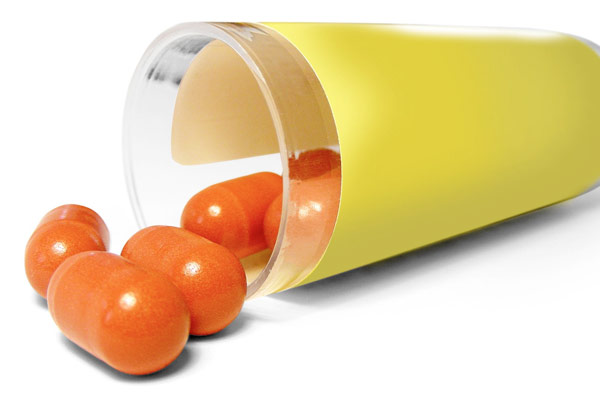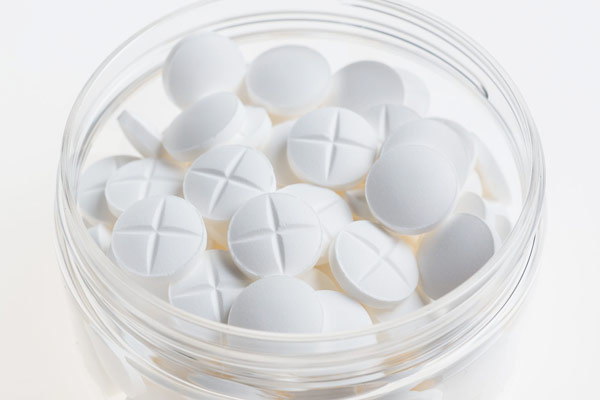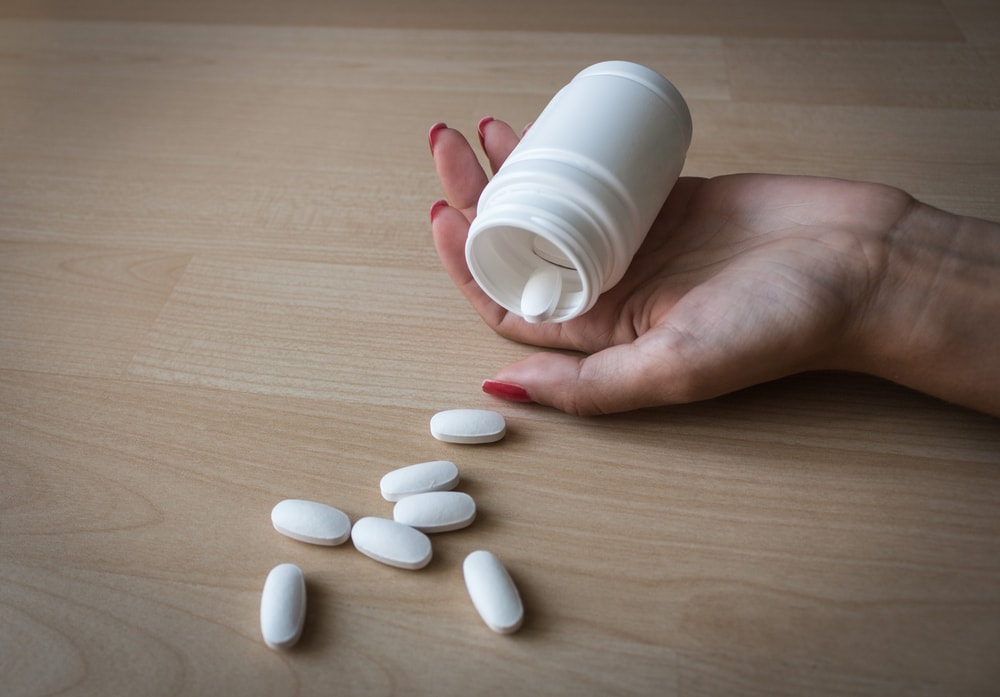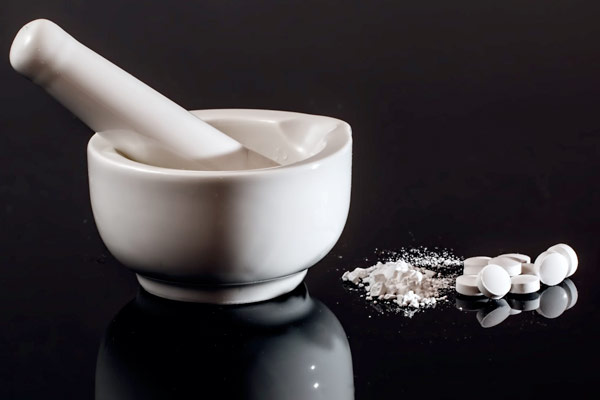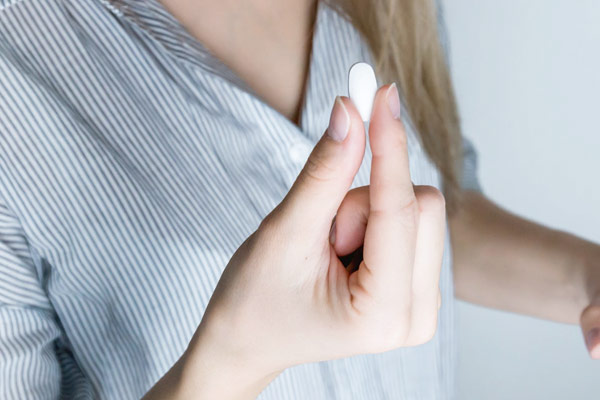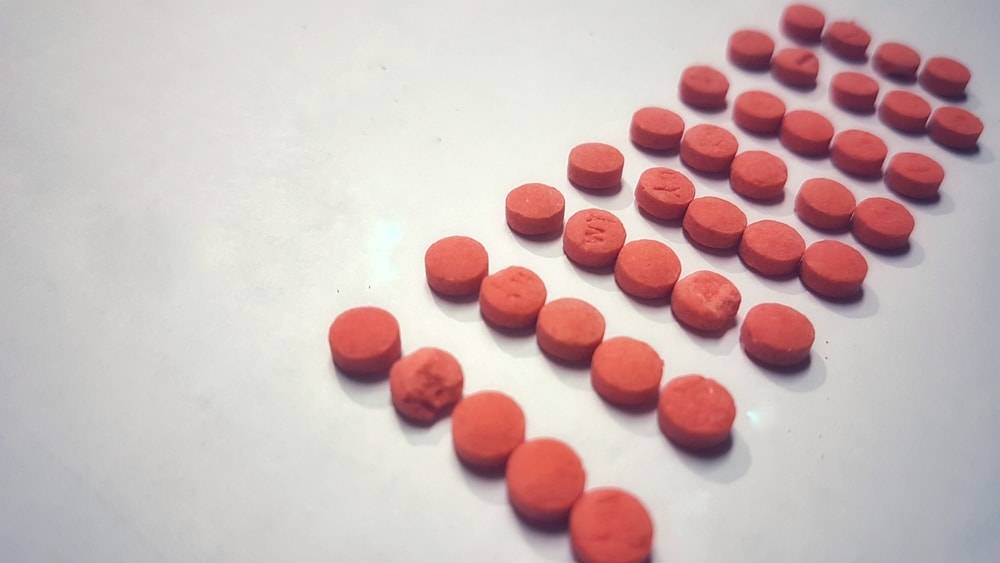The withdrawal timeline varies for different drugs, and some people will experience what is known as protracted withdrawal symptoms and long-term health consequences from drug addiction. Protracted symptoms may include clinical depression, anxiety, and occasional cravings. People who’ve been addicted to alcohol will sometimes experience memory problems and loss of hearing which are permanent. The timeline for withdrawal is not only affected by the type of drug or drugs someone has abused but also how long they’ve been addicted and the person’s unique chemical makeup. An individual’s height, weight, age, metabolic rate, and any underlying mental or physical health problems can all affect the withdrawal timeline. In addition, people who get help with a tapering off schedule or replacement medications in a medical detox center will experience a shorter withdrawal timeline.
Drug Addiction Withdrawal Symptoms and Best Methods for Treatment
Addiction Withdrawal Symptoms and Best Methods for Treatment
What is the timeline for drug and alcohol withdrawal?
What is the timeline for drug and alcohol withdrawal?
The withdrawal timeline varies for different drugs, and some people will experience what is known as protracted withdrawal symptoms and long-term health consequences from drug addiction. Protracted symptoms may include clinical depression, anxiety, and occasional cravings. People who’ve been addicted to alcohol will sometimes experience memory problems and loss of hearing which are permanent. The timeline for withdrawal is not only affected by the type of drug or drugs someone has abused but also how long they’ve been addicted and the person’s unique chemical makeup. An individual’s height, weight, age, metabolic rate, and any underlying mental or physical health problems can all affect the withdrawal timeline. In addition, people who get help with a tapering off schedule or replacement medications in a medical detox center will experience a shorter withdrawal timeline.
-
Heroin and Prescription Painkillers (Opioids)
Withdrawals for these drugs will begin a few hours after the last dose, peak within 72 hours, and linger for about two to three weeks. Cravings can remain for months. Many people who recover from heroin and opioid addiction need to continue with replacement medications like Buprenorphine/Naltrexone to stay drug-free.
-
Benzodiazepines, Sleeping Aids, Anti-anxiety and Anticonvulsant Medications
Withdrawals begin about eight hours after the last dose and can linger for weeks to months. These drugs are especially dangerous to quit cold turkey, and people who wish to recover must be put on a physician-assisted tapering off or replacement medication schedule.
-
Cocaine, Amphetamines, Methamphetamine
The depression and restlessness characteristic of these drugs withdrawal timeline can last up to ten days. People recovering from these drugs are at high-risk of experiencing withdrawal psychosis and may harm themselves or others when deluded, scared, and paranoid.
-
Alcohol
Alcohol, especially with an addiction which has lasted for years, is particularly dangerous and difficult to quit. Tremors and seizures are likely, and people in recovery can develop a dangerous condition called delirium tremens, falling into a coma and dying while trying to get clean. Alcohol withdrawals start about eight hours after the last drink and can last for weeks afterward.
What are the common physical withdrawal symptoms people experience?
Every drug withdrawal timeline and its physical symptoms will differ somewhat, and different people will experience different things even if they are withdrawing from the same drug. The methods someone used to abuse a drug, like smoking versus injecting, or if they were polydrug abusers will also affect the intensity and duration of symptoms. However, there are specific overarching physical symptoms people will experience when they try to quit.
Physical symptoms can be distressing and painful. Patients may experience their first panic attack while undergoing the stress of withdrawal. In a medical detox facility, doctors and therapists are on standby to help patients with these symptoms.
What are the emotional or psychological symptoms someone can experience during the withdrawal timeline?
Patients will experience a multitude of emotional or psychological symptoms which are distressing and in some cases, panic-inducing. Furthermore, most drug withdrawals come with a risk of developing depression, either short-lived or turning into something more long-term. The following are the common emotional signs of drug withdrawal:
- Depression
- Anxiety
- Paranoia
- Delusions
- Aggression or irritability
- Trouble concentrating
- Mood swings
What is the difference between going cold-turkey or quitting drugs or alcohol in a medically supervised detox center?
Cold turkey and at-home detox are mostly ineffective and in some cases, are dangerous. Drugs like benzodiazepines, alcohol, and sleeping pills come with serious health risks if someone who is addicted suddenly stops taking them. In these cases, the body has become so accustomed to the drug that people can experience seizures or rebound effects with sudden cessation. In the case of sleeping pill addiction, an abrupt cessation will give someone rebound insomnia, an incredibly distressing condition. People who experience these sudden and powerful symptoms can die, especially with seizures which can lead to respiratory arrest, coma, and death.
Also, attempting to detox at home puts people at high-risk of relapsing. At home, they are in a familiar environment where they can quickly obtain drugs or alcohol to alleviate painful withdrawal symptoms. Relapse is particularly dangerous with heroin. People who manage to quit heroin on their own, but then go on to relapse are at very high risk of overdosing and dying without help, supervision, and support from therapists and doctors.
Some drug withdrawals increase a person’s risk of developing paranoia, delusions, and aggression. People who try to detox from methamphetamine may experience hallucinations and psychosis, injuring themselves or others. Family and friends are hardly equipped to handle these types of complications. It is far safer for everyone involved if their loved one goes to a medical detox center to clear any drugs from their system.
In a medical detox center, doctors are available to safely monitor patients for these potentially deadly and dangerous medical complications. Also, therapists are on-call 24/7 to help patients with any psychological distress. In addition, medical staff can prescribe safe, legal medications to help alleviate uncomfortable and distressing withdrawal symptoms. Doctors can also give patients replacement medications in therapeutic doses to help them wean off drugs like benzodiazepines, sleeping pills, and opioids.
Also, in medical detox, a person is kept away from harmful outside influences. In rehab, people are surrounded by supportive, trained medical professionals and other people in recovery who are on the same journey to sobriety. Access to drugs or alcohol is impossible in these environments. Medical detox facilities and inpatient rehab centers are designed to be tranquil, encouraging, and drug and alcohol-free zones for people who are struggling with drug addiction and wish to get better.
Benefits of a Medically Supervised Detox:
- A safer alternative to at-home detox
- More effective than at-home detox
- Doctors and therapists available 24/7
- Safe, supportive environment
- Lessens the chances of relapse
- Dramatically reduces the risk of medical complications from drug withdrawal
- Prevents people in recovery from harming themselves or others when experiencing withdrawals
- Help for comorbid mental health disorders is targeted, customized, and readily available
What is safe for detox?
Short-term sleep aids, anti-nausea medications, mood stabilizers, and SSRIs and SNRIs are all safe for medical detox. Also, patients who have struggled with an opioid or heroin addiction can be given replacement medication to help them stay sober. Buprenorphine/Naltrexone is extremely useful for improving the health outcomes of people with opiate and heroin addictions.
What is not safe for detox?
It is not safe for patients to be alone during detox, or to have access to drugs or alcohol. When trying to detox at home, patients can start to self-medicate away painful withdrawal symptoms, replacing one drug addiction for another. In a medically supervised detox center, these risks are significantly reduced. Patients are kept safe and are accurately monitored for physical and emotional distress, and doctors can act quickly to alleviate any medical complications.
What does the process look like for someone who attends a detox center and inpatient rehab?
First, patients are assessed for polydrug use and physical and mental health conditions. For example, people with amphetamine addictions are usually severely malnourished when they enter a detox facility or rehab center. They may suffer from anemia and heart arrhythmias, making withdrawal a potentially dangerous proposition. Doctors must be aware of these underlying health problems in order to give patients adequate care and help them get sober.
Also, close to half of all patients entering rehab and detox have comorbid depression. It is hard for doctors and therapists to determine which came first, the depression or drug use, but in a detox center, patients can finally get help for any mental health issues they might have. And, mental health issues will change the course of treatment a patient will need. They may require more in-depth and longer lasting therapy sessions, and also specific mood stabilizers to help them break their addiction than someone who enters detox without underlying mental health problems.
Once patients are initially assessed, doctors must continue to monitor them for physical and mental signs of distress during the detox process. Once physical symptoms subside and the drugs are cleared from a person’s system, the patient can begin the core treatment work with a team of social workers, therapists, and doctors to help them learn how to live a life free from drug addiction.
Despite the devastation drug addiction and abuse has on individuals, families, and society, there are numerous resources available for people who want to get better. Many insurance plans cover rehab costs, and most rehab and detox centers offer financing for those who qualify. There are also government grants available for low-income individuals. Drug addiction is a miserable thing to live with. Don’t hesitate to reach out to a qualified rehab specialist and get help today from people who care.
Related Articles
- Nyquil Withdrawal Statistics and Timeline at an Inpatient Facility
- Fentanyl Withdrawal Procedures and Expectations at Windward Way
- Codeine and How to Plan and Execute a Safe Withdrawal
- Understanding the Safest Methods for Xanax Withdrawal
- Understanding Ativan Withdrawal Statistics and Procedures
- Morphine Addiction and Medical Detox Options for Withdrawal
- Vicodin and Safely Using Medical Assistance as a Withdrawal Option
- Ambien Withdrawal Solutions Available at Windward Way
- Klonopin Withdrawal Solutions Available at Windward Way
- Heroin Withdrawal Process in a Medical Detox Center like Windward Way

